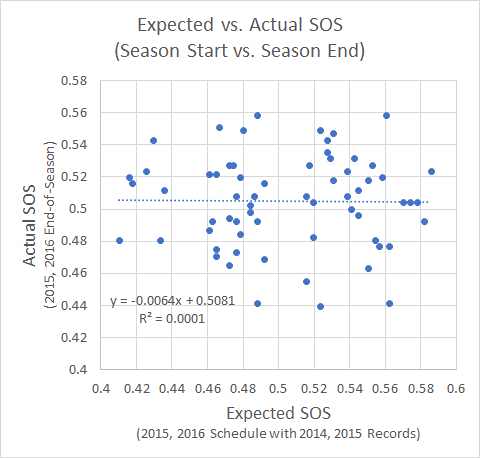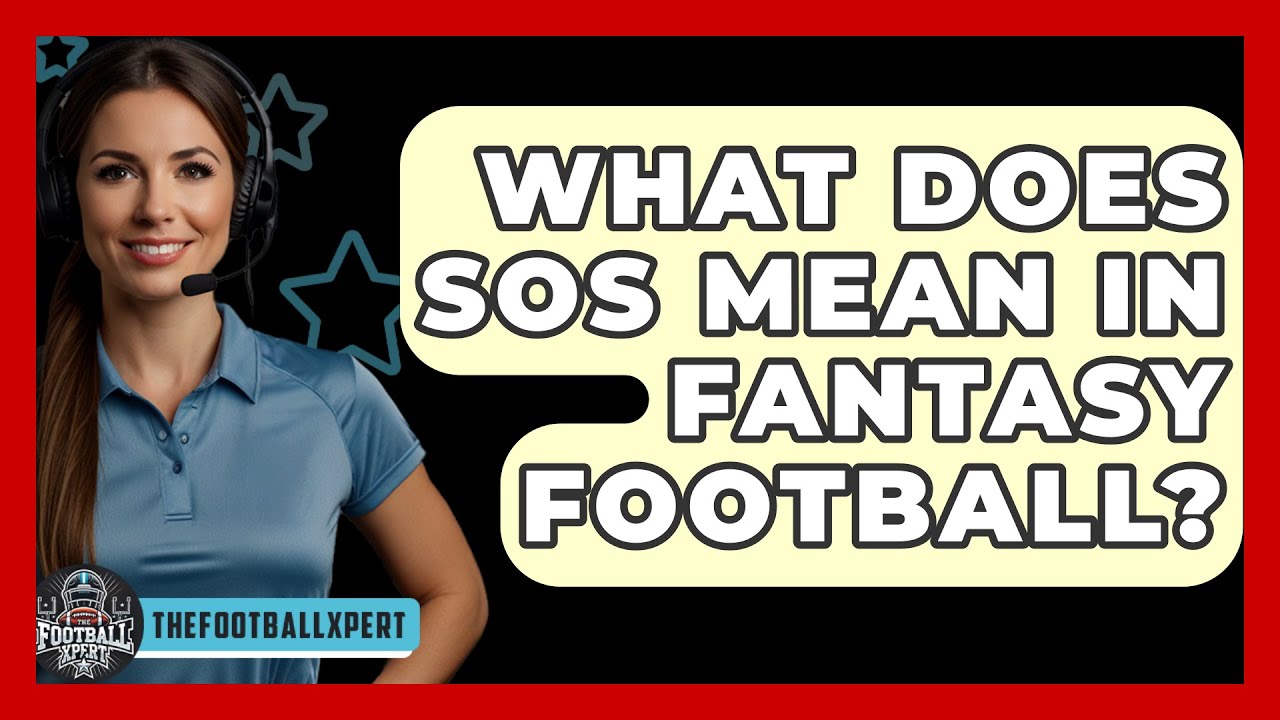Okay, here is my story about what SOS is in fantasy football:
It’s been a few years now that I’ve been diving into the world of fantasy football. Every year, I try to up my game, find new strategies, and learn from the pros. This year, I stumbled upon something called “SOS” and I thought, “What the heck is that?” So, I rolled up my sleeves and started digging.

At first, I was just browsing through some fantasy football forums, you know, the usual stuff. That’s when I noticed a few posts mentioning “Strength of Schedule” or SOS. It sounded important, so I decided to investigate further. My initial searches led me to some articles explaining that SOS is basically a way to measure how tough a team’s schedule is going to be. It’s like, if your team is playing against a bunch of top-tier teams, your SOS is going to be high. On the flip side, if you’re facing weaker teams, your SOS will be lower.
But how was this calculated? I found out that there are different ways to calculate it. Some folks use the combined winning percentages of a team’s opponents, which makes sense, but can be a bit basic. Then, I discovered that other sites use a more complex points-based formula. It’s more dynamic, changing throughout the season based on how teams are performing.
Here’s what I did next: I started comparing the SOS data from different fantasy football sites. I made a list:
- Site A used the simple winning percentage method.
- Site B had a points-based system that updated weekly.
- Site C considered only fantasy points allowed by position.
I spent a good chunk of time analyzing these different approaches. I realized that the points-based method was more accurate, but a bit harder to grasp at first. I cross-referenced the SOS rankings with my own team’s schedule. I wanted to see if my players were up against tough defenses or if they had an easier path. This helped me tweak my lineup a bit, swapping out players who had brutal matchups for those with more favorable ones.
After doing all this, I finally got a good handle on what SOS is and how it can be useful. It’s not just about picking the best players; it’s also about knowing when to play them. A star player might not perform as well if he’s constantly facing the league’s top defenses. Conversely, a mid-tier player might shine if he’s got an easy schedule.

So, there you have it. My journey to understanding SOS in fantasy football. It was a bit of a learning curve, but totally worth it. Now, I feel more confident in making lineup decisions, and it’s all thanks to figuring out this whole SOS thing.











